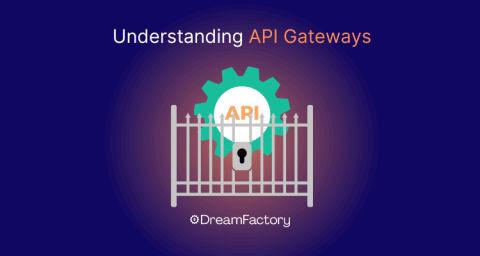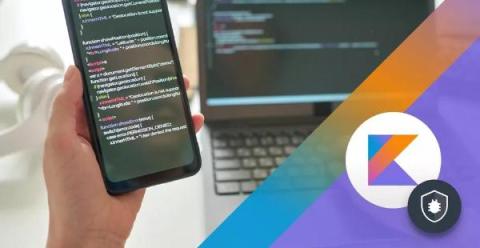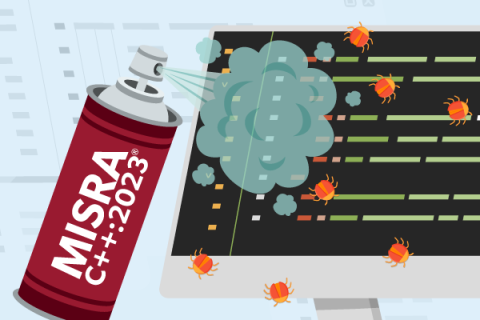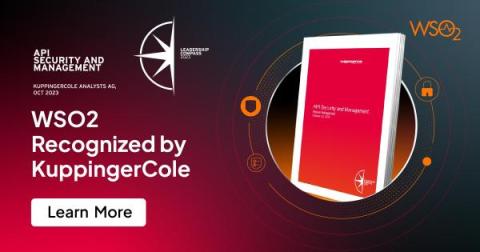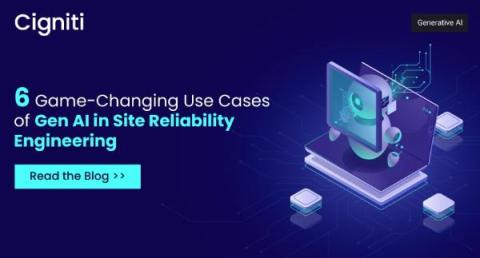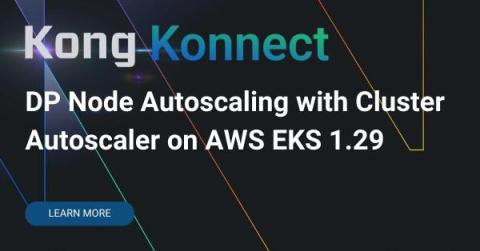What is an API Gateway? A Complete Guide
An API’s main purpose is to allow multiple applications to communicate with one another. However, APIs can easily be made more secure and efficient through API gateways which provide a unified entry point across internal APIs. This unified entry point allows for greater control over user access and helps elevate API security measures like rate limiting while also applying security policies like OAuth or JWT. Plus, API gateways are extremely beneficial for securing microservices.


